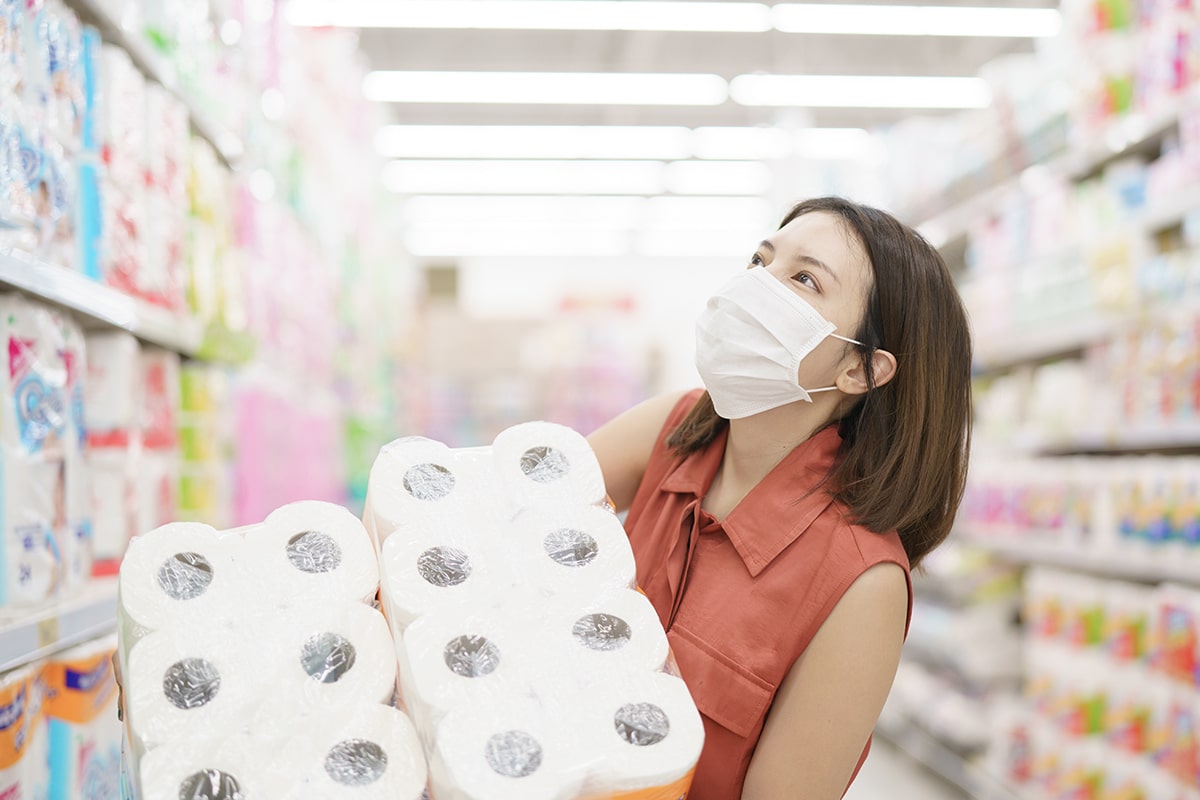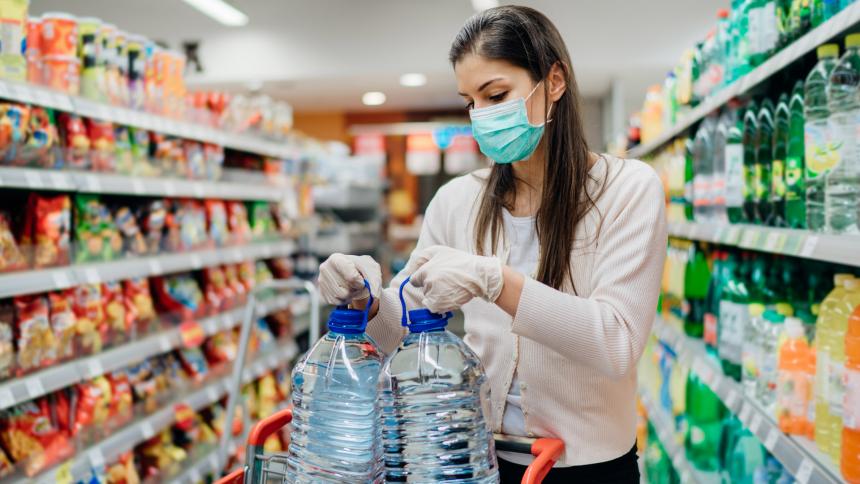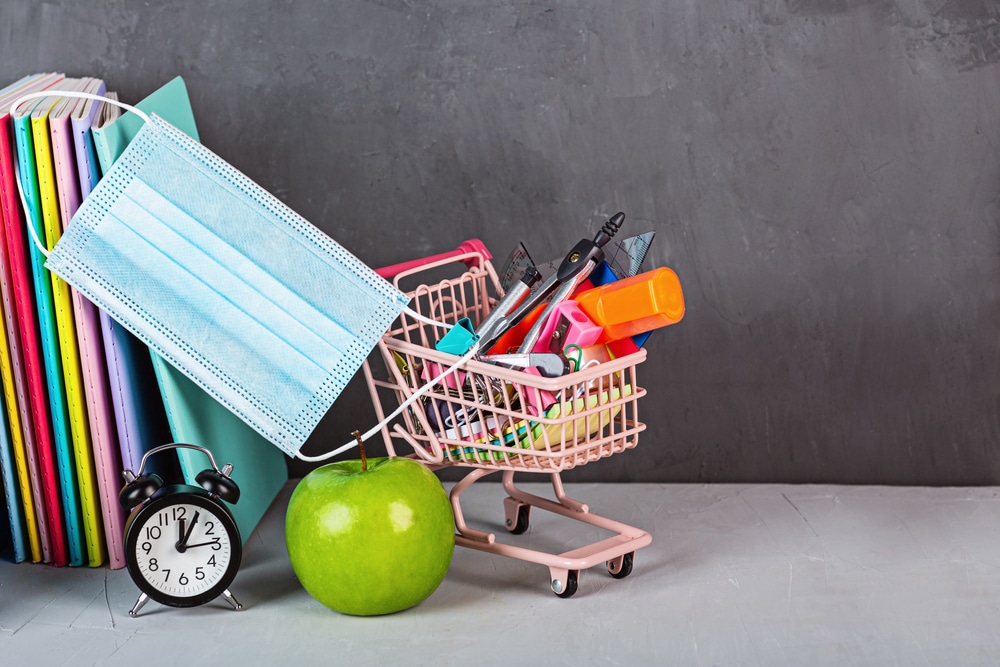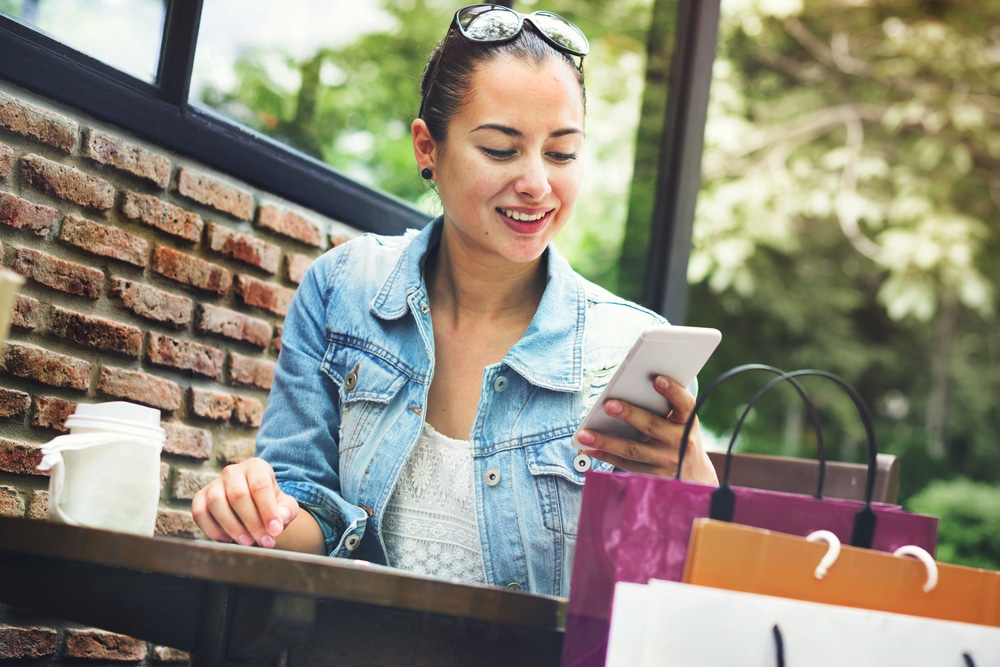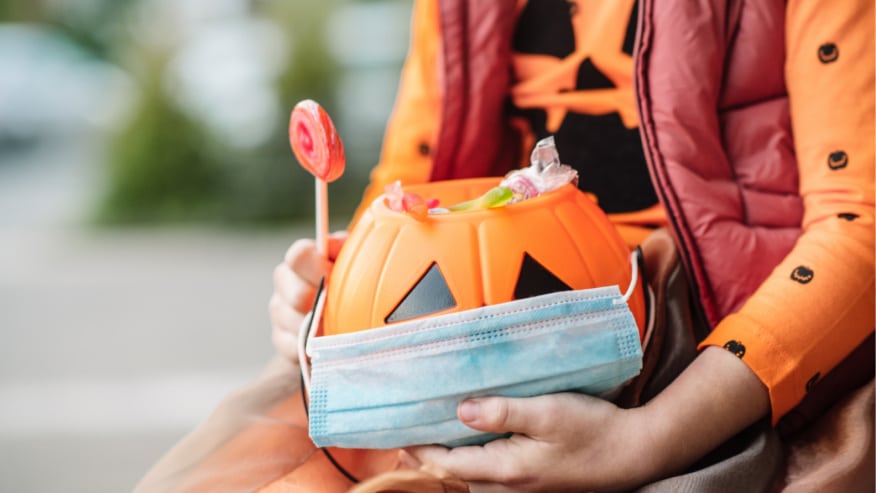Even with a great product and a known brand, every product launch poses uncertainties. About 10,000 new products debut every year in the CPG industry alone, and within two years, 85% of these items are categorized as failures and are scrapped.
There is no precise formula for capturing the adoration of your desired target market, but there are ways of harnessing decision science best practices to understand who your potential buyers are, what they want, and how to reach them. Studying the latest product launch best practices can provide meaningful insights into how to make your next product launch a surefire success. Let’s explore the top four practices from 2020 in more detail.
The Top 4 Product Launch Best Practices From 2020
Many of the top failures of all-time could have been prevented by following these best practices:
1. Collecting Actionable Data to Inform Marketing.
Brands need to decide exactly who their products are designed for. Effective targeting requires a robust database of omnichannel information about shopper wishlists, buying history, sharing history, in-store behaviors, preferences, life-stage, and demographics. Using A/B testing to pinpoint your precise demographic accurately can result in an 80% higher trial rate and 17% higher repeat purchase rate.
Today’s consumers are seeking a highly relevant, personalized shopping experience. Far too many campaigns fall flat due to a failure of activating local campaigns based on store-level data. Loyalty is largely connected to personalized marketing, which means timing offers based on purchase frequency, proximity, and past purchases are essential to ensuring an experience based on individual relevance.
2. Rewarding Repeat Buyers.
Offers and rewards are just as important for soliciting repeat purchases as they are for driving new product trials. Keeping tabs on buyers and retargeting with ads, texts, and offers is an effective way to maintain interest.
A third of new consumers are obtained via contests, which are effective at encouraging trial and expanding presence. Creating a sweepstake with clear expectations—like extra entries for social media shares—is a great way to make valuable connections.
Loyalty programs are typically associated with retailers rather than brands. However, eCommerce platforms offer a means of rewarding repeat customers who may have some level of loyalty fatigue, or offering prospective customers an added incentive to try your products over the competition’s. Rather than trying to reinvent the wheel, partnering with an established shopping app can improve reach and retention while achieving a significant return on investment (ROI).
3. Engaging New Customers to Encourage Loyalty.
A successful product launch consists of more than converting sales and convincing shoppers there is value in trying your product. Once a purchase is made by the customer, it shouldn’t be viewed as the end of marketing efforts, but rather the beginning. Since it takes approximately eight purchases for a trial buyer to become loyal to a brand, creating an onboarding experience is crucial.
The best product launches involve the use of email, retargeting ads, social media, text push notifications, rewards programs, and shopping apps to engage and support consumers long after the first purchase.
Does the buyer know how to get the most from the purchase? Is another offer necessary to prompt the next sale? Are there complementary products that could help buyers enjoy the new product more? Aftermarket information delivered by email, text, phone call, eCommerce app, or mail can be a key differentiator.
4. Choosing an Incremental Marketing Strategy in Pursuit of Long-Term Success.
Many marketers make the mistake of investing heavily during the first year of promotion, but between the first and second purchase, brands lose roughly half of all buyers. This process of attrition continues until stability is achieved around the eighth purchase, so marketers will need to think long-term.
An incremental marketing strategy involves breaking up a long-term marketing plan into a series of campaigns and assigning milestones to determine the effectiveness of the tactics, messages, and methods used. Successful campaigns will be built upon, and poor performers will be halted before more money is committed.
Find a Product Launch Partner to Double Your Odds of Success
Even if a failed product launch doesn’t lead to financial ruin, it can lead to a loss in reputation, mass layoffs, and damaged morale. A proactive approach that employs product launch best practices and uses the latest technology is certainly preferable to managing a rebound. Sometimes it can take years or even decades to erase the effects of a product flop.
Shopkick is a proven marketing partner for brands launching new products, helping them employ many of the aforementioned best practices.
Here’s how it works:
- Before your product launch, Shopkickers have the opportunity to discover your brand as they search for rewards offers in their area, browse through your curated lookbook, and watch your branded video ads.
- Upon entering a store where your products are sold, Shopkickers are invited to engage with your campaign by scanning the barcodes of or purchasing select items in exchange for “kicks” (rewards points).
- Accumulated kicks are redeemed for gift cards of the Shopkickers’ choice, solidifying a memorable, meaningful consumer experience without discounts or coupons that can erode your profit margins.
- With the Shopkick app, brands can collect consumer behavior data, personalize interactions, and continually reach out to new or existing shoppers.
In essence, partners can take advantage of incremental marketing strategies, piggybacking off Shopkick’s audience to expand their own market share while also surprising and delighting prospective customers with rewards as soon as they enter a store. Using beacon technology, partners can capture important data about how their target audience behaves in-store, and continue building better relationships that ensure today’s buyers are tomorrow’s buyers, too.
Looking for more product launch best practices? Contact Shopkick to gain insights into developing a highly successful product launch campaign as a partner or read success stories for more ideas on how technology can be used to drive trial and purchase.




